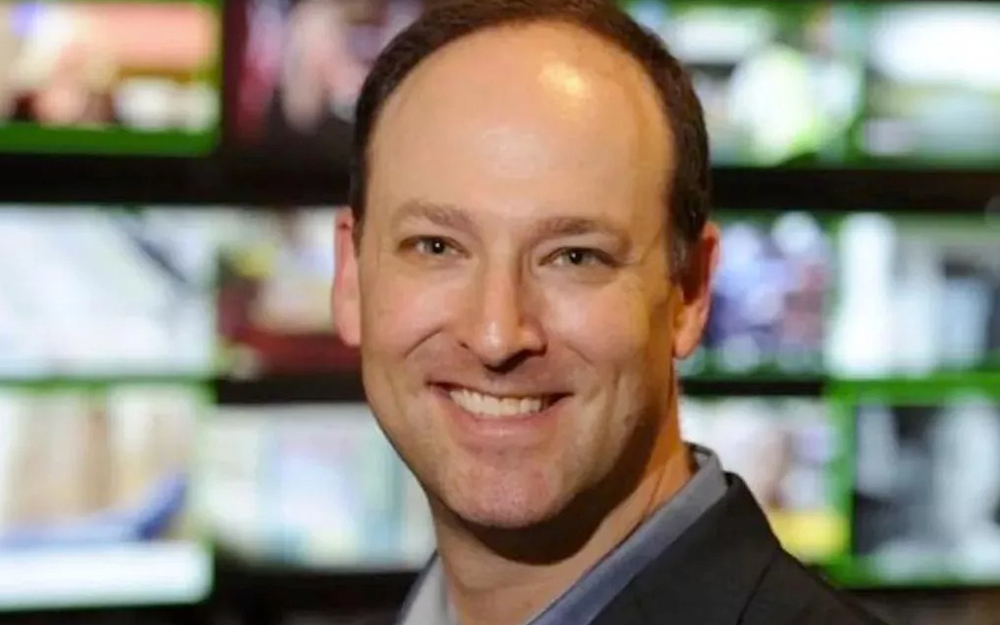
Has Scripps’ Symson Offered Local News’ Best Path To Reinvention?


Emily Barr
Ask anyone you run into on the street this question: How do you get your news? Inevitably, the response tends to be something along the lines of, “I really don’t watch or read the news unless I happen upon it on social media or maybe a family member or friend mentions something to me. It’s too depressing, and I think it is all biased one way or the other anyway.”
And yet, if you ask that same person on the street whether they care about what is happening in their hometown, the answer is almost always an unequivocable, “Yes, of course I do.” So, how do we reconnect our communities with each other and encourage meaningful civic engagement? We need to reexamine the role of journalism and reignite our relevancy, particularly on the local level. We have precious little time to waste.
The lack of trust in general news coverage and the sense that most, if not all of it is politically slanted, has grown along with the increasingly partisan coverage blanketing the cable news channels. Local broadcast news has also played a role here and we would be wise to get our own houses in order if we really expect to provide a valuable and reliable service with which viewers will continue to engage.
To that end, Adam Symson, E.W. Scripps president-CEO, recently penned an open letter to his colleagues promising a sea change in the way their television stations will cover the news going forward. Symson outlines a four-point plan emphasizing beat reporting focused on community relevance; leveraging technology so they are able to reallocate resources to the journalism they aim to deliver; investing in people; and more deeply integrating their recently formed Scripps News coverage into their local news products.
First off, good for you Adam, for taking on the elephant in the room. By his own admission, local television news has been long distracted by style versus substance egged on by consultants and cost-conscious companies looking for ways to grow or maintain a margin. For some broadcasters, good quality journalism has taken a backseat to the business side of the house, and, over time, the quality and veracity of reporting simply declined to a level that turned off or bored the viewers despite the noble efforts of the hardworking journalists on the front lines.
Second, Symson states that Scripps will invest $10 million and an additional 250 journalists over an unspecified period of time suggesting this new approach will “upend more than 40 years of the industry expectation to emphasize the performative over the informative.” I truly hope he is right. My fear is that his noble pronouncements will inevitably give way to the pressures faced by publicly traded companies to manage costs and curtail new initiatives that do not generate an immediate return on investment. I hope I am wrong.
Additionally, I have to question the need and role for a nationally focused Scripps News service in this reinvention. If the goal is to enhance local coverage with resources and perspective gleaned from other cities and towns across the country, I say great. Go for it. The more cynical side of me suspects we will see more generic stories that will serve to fill out the newscast but will have little local relevance. That is not how you re-engage a local community.
Finally, I would offer this bit of advice to Scripps and other broadcasters working diligently to connect with their local communities: Listen closely and regularly to the people dealing with the most intractable issues facing your community. Ask them what they need and how better, more sustained coverage might help them.
Most TV stations stopped doing this decades ago when ascertainments were no longer required by FCC regulation. The best stations still participate in off-the-record meetings with community leaders and public officials, but I fear there are fewer doing so each day.
Offer your journalists meaningful training and support and pay them a living wage, especially in the smaller markets where experience is woefully lacking, and tenure is almost nonexistent. And whatever you do, stick with your plan before abandoning it due to a presumed lack of response. For better or worse, it has taken us decades to build out this industry and we cannot expect it to change course overnight.
I wish you much success, Adam, and I hope your industry brethren will follow your lead.
Emily Barr is the former president and CEO of Graham Media Group.
































Comments (2)
Former Producer says:
June 15, 2023 at 9:38 am
Scripps is a business, and the goal of every business is to make money. For broadcasters, that means squeezing as much money possible out of advertisers and out of cable and satellite providers. That revenue model is in danger: advertisers are moving away from broadcast towards digital, and cable and satellite providers are losing customers to cord cutting.
Scripps is very aware of this. Look at the company’s latest annual report and check the risk factors section.
Adam talks a good talk and I sincerely hope those words translate to action. But Adam is a businessman who answers to a board of directors and to the shareholders. Those board members and shareholders expect profits. If that means cutting these “Big J” journalism aspirations, it will happen.
This is not cynicism. This is being realistic.
Dave Kovic says:
June 18, 2023 at 11:11 am
To this, I agree with Emily. My fear is pronouncements of change, and infusion of money does not work! EVER. Organizations can not purchase change. It ultimately fails. Sports franchises prove this over and over again. It’s about CULTURE CHANGE. Cultural change also cannot be dictated, it must be “lived”. What do I mean by this? A story requires a certain amount of time to produce. Want all sides? Newsrooms must allow journalists to find all sides. Newsrooms must allow a REASONABLE amount of time to assemble a story. Stories are often rushed to “air” because the producers have to get the show done. I have seen News Directors tell reporters they have 5 hours to get the story completed before their shift ends, and no OT is allowed. Makes no sense. I have seen stories rejected at news meetings because “this would be too difficult to find all the visuals.” I observed stories chosen from local PR releases based on what can be shot in the shortest period of time. If organizations wish to shift and improve their local community focus, they must change the cultures inside their newsrooms. GMs must change their business models. But the corporations who run these businesses increasingly can’t do this without disrupting the “ratings and revenue” driven mentality that is required by these vast corporations.